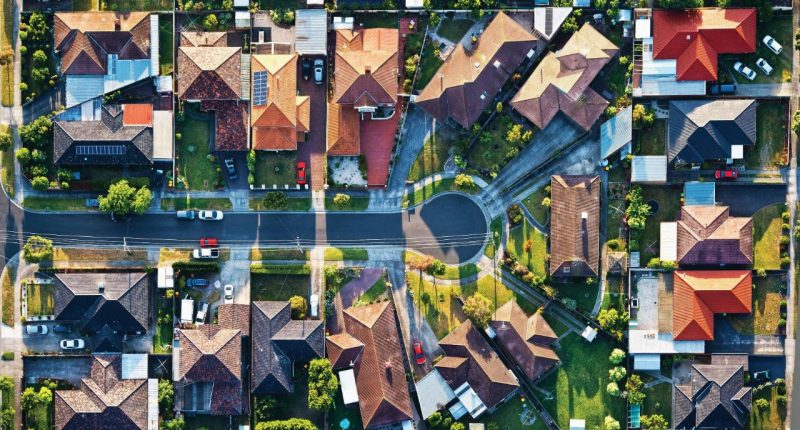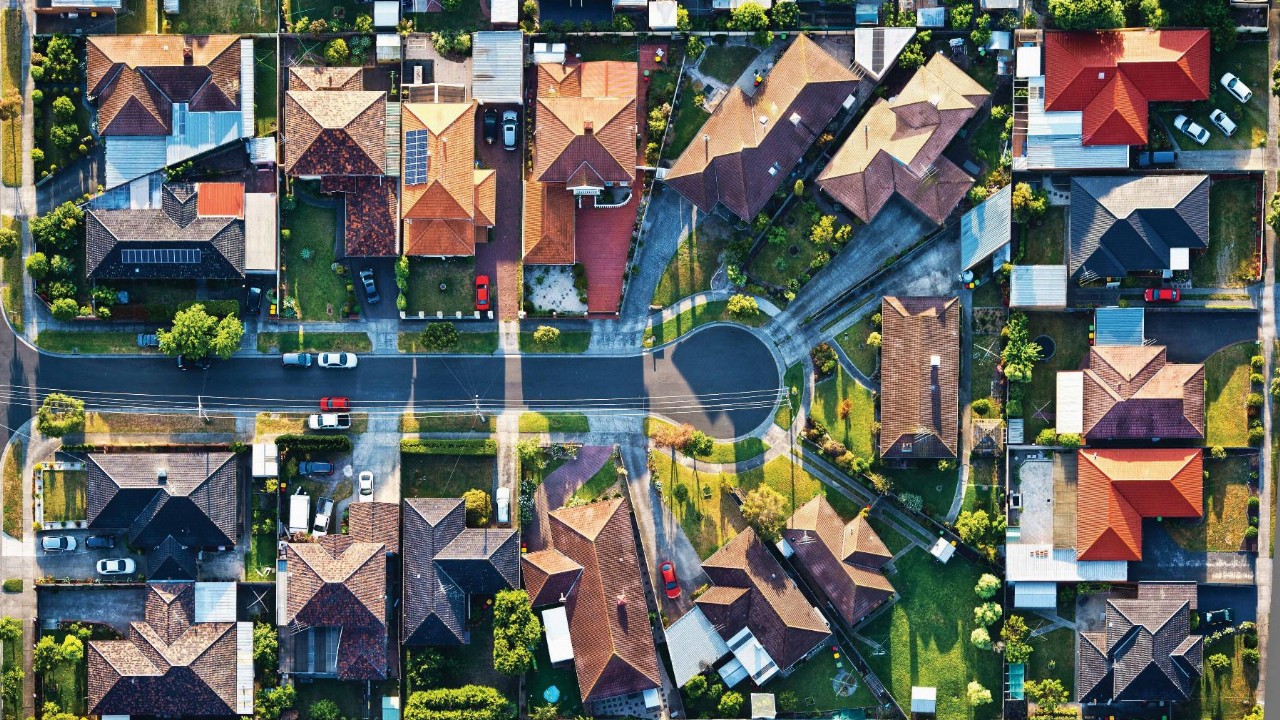- Australia’s average national housing values were up 22.4 per cent year-on-year in January, marking their highest annual rate of growth since June 1989, according to CoreLogic
- The property research firm says a bump in property price growth saw Melbourne become the third capital city in Australia to record a median house price of over $1 million
- While price indications are still early, CoreLogic says 2022 is looking to start with trends similar to late 2021 and price growth much lower than early 2021
- Brisbane and South Australia recorded the highest monthly growth both regionally and in capital cities over January
- The performance gap between regional Australia and capital cities continues to widen, with the combined regionals index up 6.3 per cent over the three months to the end of January
Australia’s average national housing values were up 22.4 per cent year-on-year in January, marking their highest annual rate of growth since June 1989, according to CoreLogic.
The property research firm said a surprising bump in the rate of property price growth over January saw Melbourne join Sydney and Canberra to become the third capital city to reach a median house price of over $1 million.
This is despite January typically seeing a lull in property sales and purchases following the festive season holidays.
CoreLogic said on a national level, housing values rose by 1.1 per cent in January, with five out of Australia’s eight capital cities recording a modest uptick in the monthly rate of growth.
CoreLogic Research Director Tim Lawless said January’s movements are not necessarily indicative of 2022 trends, but a firmer reading on how the year ahead will look should be possible once home sales move out of seasonal lows.
“The early indication is that housing markets are starting 2022 with a similar trend to what we saw through late last year,” Mr Lawless said.
“Values are still broadly rising, but nowhere near as fast as they were in early 2021.”
He said a pullback of strong COVID-induced government stimulus, combined with the worsening affordability of homes and rising fixed-term mortgage rates, have brought about a softening of growth conditions in the housing market.
A recent tightening of credit conditions and a “surge in new listings” through the final quarter of 2021 have softened growth further.
Over January, Brisbane recorded the largest change in dwelling values, up 2.3 per cent with a median of $706,594. Adelaide was close behind in terms of growth, up 2.2 per cent to $584,296, while Canberra dwelling values grew 1.7 per cent to $906,529.
Looking at housing prices only — so, not including units and other dwellings — Sydney still tops the charts with a median value of $1,389,948, with Canberra’s median house value at $1,032,331. The median house value in Melbourne is now $1,002,464.
Perth has the cheapest median house value of all capital cities in the country, at $555,851, with Darwin a close second at $562,729. Across all dwellings, Darwin’s median price is the lowest at $496,476.
The CoreLogic report said while new listings are likely to trend higher this year, with the housing market looking to start the year similar to where it finished in 2021, it’s uncertain at this stage whether demand will keep pace.
“If inventory levels rise and demand reduces, we should start to see vendors and buyers becoming more evenly balanced in the market, reducing the sense of FOMO that has been a key factor in pushing up prices through the pandemic,” Mr Lawless said.
How has regional Australia fared?
CoreLogic said the performance gap between regional Australia and the capital cities widened over January.
Over the three months to the end of January, the combined regionals index grew 6.3 per cent, compared to the 2.6 per cent growth seen in the combined capital city index.
The median value of combined regional dwellings was $551,887 at the end of January versus $801,570 for combined capital dwellings.
CoreLogic said the strong growth in regional dwellings had been driven by a mixture of higher demand and low levels of advertised supply.
Similarly to capital dwellings, regional Queensland and regional South Australia led the pace of growth over January, though growth was relatively strong across the board.








